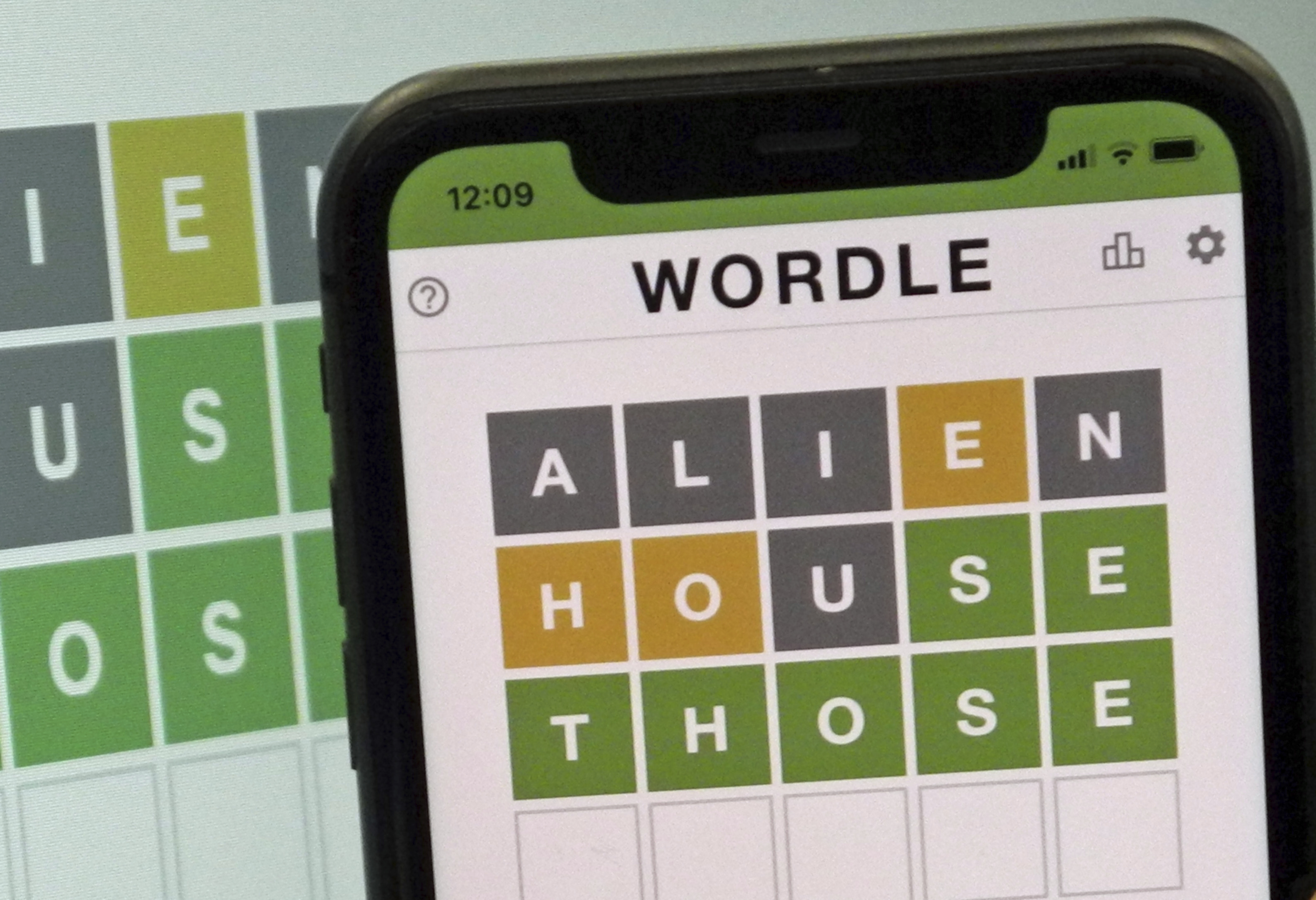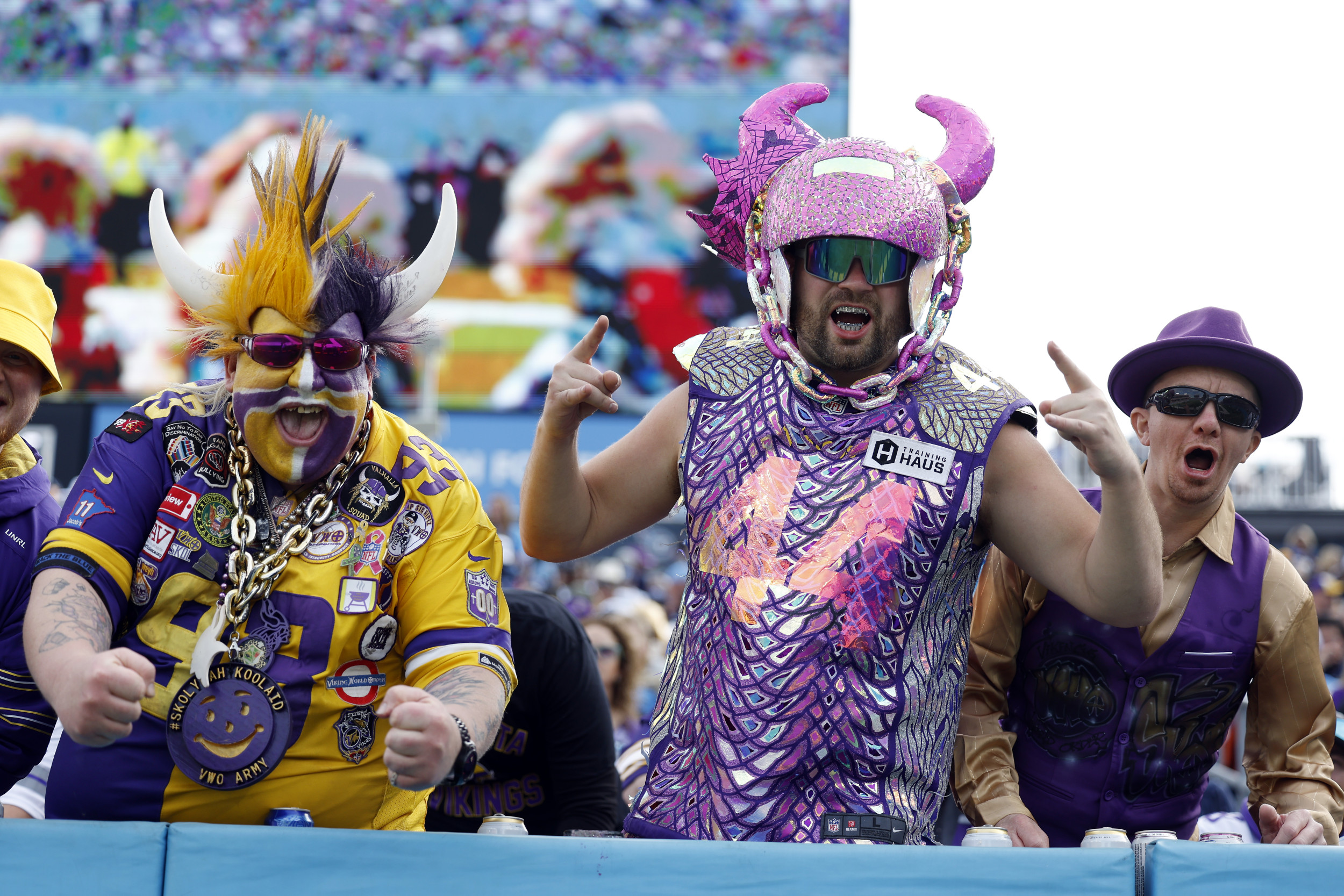Just two years into ABC’s Extreme Makeover: Home Edition’s long life—which would eventually include more than 200 episodes on two different networks—the show had devolved into such a parody of itself that I reported this on April 1, 2006:
ABC has fired Extreme Makeover: Home Edition host Ty Pennington and his producer because of events that transpired at a New Orleans shoot last week.
While workers installed drywall in a home destroyed by Hurricane Katrina, Ty put on a yellow raincoat and hat, tripped the house’s fire prevention sprinkler system, and ran through the house screaming, “Oh my god! Look out! Here comes Hurricane Ty! Craaazy!” Later, he submerged himself in a kiddie pool and screamed, “Oh, you baby! Water’s fun!”
During the reveal of the house’s new kitchen, the family’s 14-year-old son said on camera, “I’m just happy to not have to live in a shelter anymore.” Ty’s producer pulled him aside and whispered in his ear, “That is not why you are happy, you little ingrate. You are happy because you have a brand-new kitchen courtesy of Sears. Sears! Now try it again.” Then she kneed him in the balls, turned to the camera crew, and said, “Oh, yes, tears! Action!”
Despite my story getting more and more absurd, In Touch magazine did some investigative journalism and, perhaps after a careful examination of the tagline that said “fake and satirical reality TV news” and was published on April Fool’s Day, could somehow debunk my story.
That such a ridiculous story even needed debunking points to the fact that my attempt at satire was not that far off from reality.
Extreme Makeover: Home Edition took the interest in DIY renovation from Trading Spaces, wrapped it in a blanket of warm fuzzies, injected it with the steroids of product integration, and stuffed it full of television fireworks so that it all blew up into a dazzling, monstrous hour of exploitation.
The new version is smaller, nowhere near as manic, even less concerned with construction, and though it’s wrapped in the packaging of heartwarming benevolence, it still retains the rotten core of the original.

Extreme Makeover: Home Edition (ABC, Thursdays at 8; Hulu, Fridays) is now anchored by new hosts Clea Shearer and Joanna Teplin, the duo known as The Home Edit, whose 2020 Netflix show helped people organize their stuff by buying more stuff.
They’re joined by Survivor: Ghost Island winner turned HGTV star Wendell Holland and celebrity designer Arianne Bellizaire, who may do a lot of work but don’t do much of it on camera. That’s the extent of the team; there’s no landscaper, no big projects.
Wendell has some flashes of charm but is off screen so much in the first episode I thought I might see Domenick Abbate’s name in the credits as editor.
It’s not just Wendell who’s missing, though. Almost everything you might imagine seeing is absent from the episode beyond brief glimpses. You see, Extreme Makeover: Home Edition is not interested in much of anything beyond getting us to cry. So the house itself? It’s essentially a prop. Alas, so is the family who will occupy it.
They seem very nice and deserving, of course. The first episode focuses on Gail Warren, whose husband, Fred, a pastor, died from COVID in 2021; her three kids and their grandmother now live in a small, overstuffed house that is still full of his possessions.
After surprising the family with the surprise-that-cannot-be-an-actual-surprise, the team heads to the build site, which is 20 miles away. (I’m curious if all the episodes will just build brand-new houses elsewhere, or if any of them will remodel existing structures or just tear them down like the original show sometimes did.)
When the team shows up to start building, there’s already a concrete slab, and they pick up a pre-built frame and lift it into place.
Then the fast-forwarding starts. We’re told the actual construction happens in four days, but it could’ve taken four years and that wouldn’t matter. (Besides cutting the build time from a week to four days, the family also does not get a vacation to Walt Disney World; how much money is Disney saving here? And of course, everything that can have a logo on it does.)
The team members who do all the labor are still in the background, sometimes acknowledged but usually nameless.
Wendell talks briefly about the intense schedule, with something new planned every 15 minutes, but we don’t see those tasks, just a glimpse of a spreadsheet that must have involved quite a lot of work.
Work doesn’t make for interesting TV, though, or at least that’s the approach here. Instead, we get sorting through stuff and crying.
 Haha we’re building a house and none of this will be included in the show! (Photo by Ryan Green/ABC)
Haha we’re building a house and none of this will be included in the show! (Photo by Ryan Green/ABC)The episode’s time is mostly spent with the family: in their old house, and then in a large space where all their stuff has been laid out, like this was Hoarders: Clean House Edition.
“This is why you’ve been drowning,” Clea tells Gail about all of her husband’s belongings. “This is not serving you at all.” Is it better to serve her with grief counseling courtesy of people best known for shopping at The Container Store?
They sort things, throw some stuff away, collapse into sobbing puddles on the floor.
Suddenly there is a house, and a kitchen with drawers, one of which has been stocked with color-coded tea bags, just as their books have been sorted by color.
Function matters less than aesthetics, a lesson Extreme Makeover: Home Edition seems to have taken from its hosts. The design choices, the layout, all of that is skipped.
One quarter of the episode happens after the house is all done, leaving the last 10 minutes to show the new house. It’s gorgeous and I’m jealous but also bored.
I’d feel more tingly when the family ran through the house if it wasn’t for the shadow cast by the original, and the possibility that this could all go sideways. In the original, families discovered their new homes cost them far more, increasing things like utility bills and property taxes.
Some people even lost those new houses, but they’d served their purpose of generating an hour of TV advertising revenue, so the show left them behind.
Vice’s Dark Side of Reality TV focused on Extreme Makeover in one of its episodes, detailing “how the houses become money-pits, that lead to family fallout and massive debt.”
The new version, to its credit, is aware of that—and trying to help. People reported that construction company Taylor Morrison “helped ensure the homes being built were both affordable and manageable for families,” and that included giving families “a lump sum of money after the show that the homebuilder and developer knew would assist them with the transition.”
One of the show’s producers, Michael Heyerman, admitted to Axios that, yep, the new house will cost the family more. “It was really important for us to figure out how to offset some of the responsibilities that come when you are gifted a prize as large as a house,” he said.
But he was also like, hey, that’s what you get: “It’s a TV show, there are financial implications to winning a prize on a game show, receiving a car on a talk show and receiving a house,” he said.
The joy of “financial implications” is not included in the first episode of Extreme Makeover: Home Edition’s revival; neither is that lump sum, nor any discussion of the possibility of increased expenses, nor what happens to the old house.
Before handing the family their keys, Taylor Morrison CEO Sheryl Palmer tells them, “There is no way to explain the amount of love that went into every stick and brick of this house.”
If only there was a way to capture that work—or the hidden costs of home ownership—and show it to people, perhaps on a TV show? But neither physical labor nor the increasing financial burdens of home ownership are telegenic reality. Artfully arranged tea bags and books? They’re just soothing enough to make us forget about everything else.
-
Andy Dehnart is a writer and TV critic who created reality blurred in 2000. His writing and reporting here has won an Excellence in Journalism award from NLGJA: The Association of LGBTQ+ Journalists and an L.A. Press Club National A&E Journalism Award.
recent articles
view all stories




















:quality(85):upscale()/2024/04/24/878/n/3019466/36c5693c662965c5d1ce91.72473705_.jpg)
 English (US) ·
English (US) ·